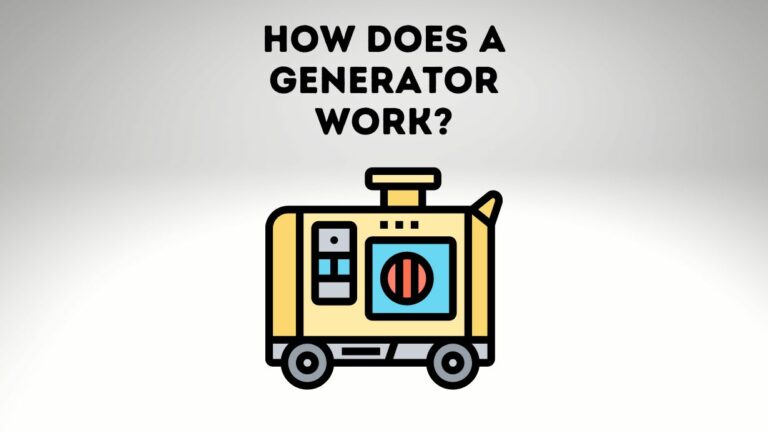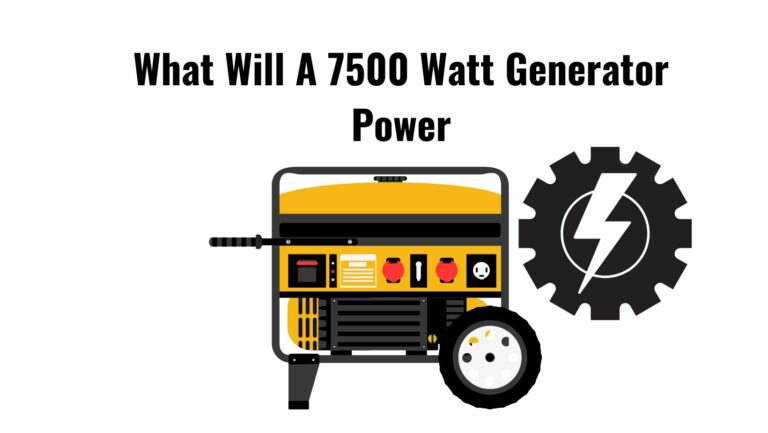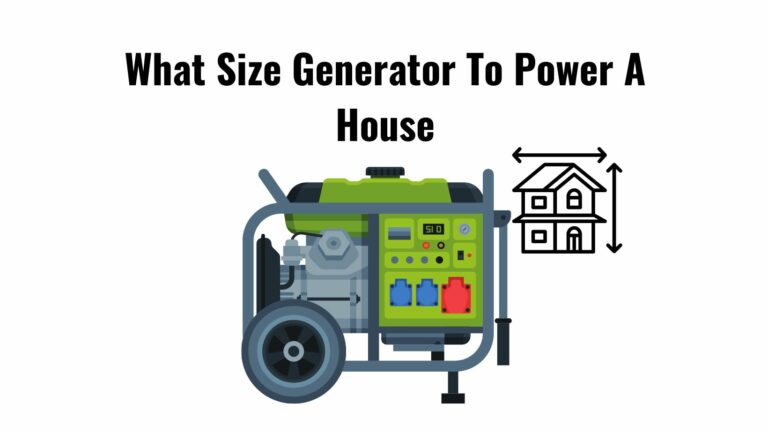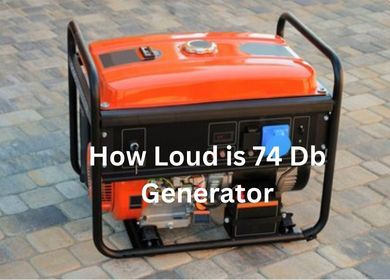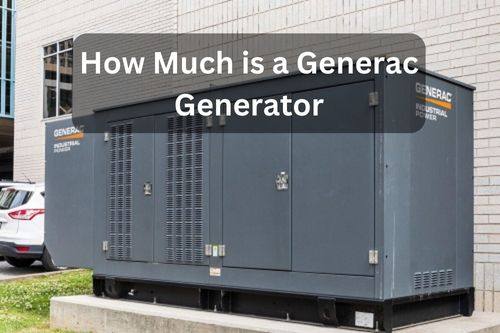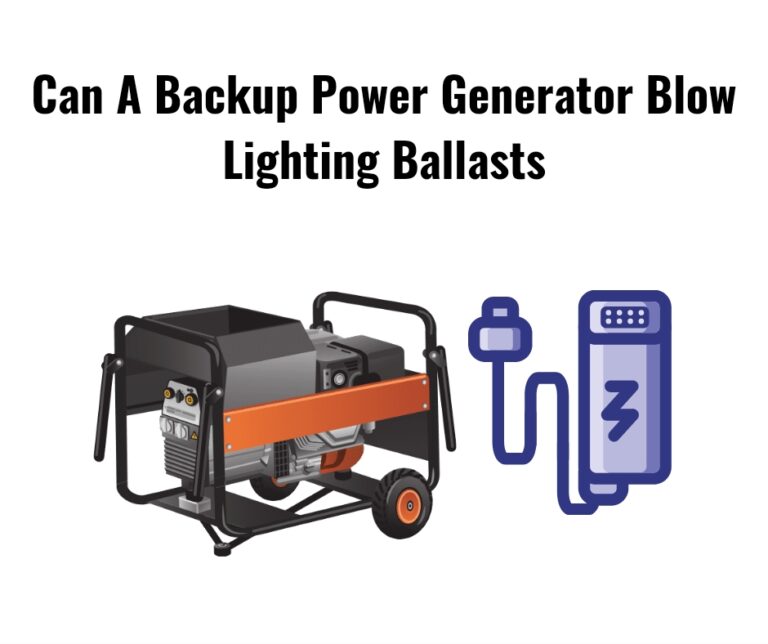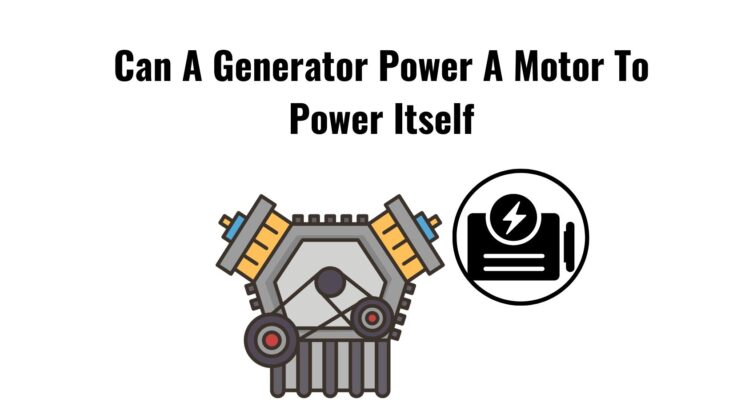
Generators and motors are essential components in many electrical systems and machines. Generators are devices that convert mechanical energy into electrical energy, while motors convert electrical energy into mechanical energy.
Both components play a crucial role in providing power to various systems and machines, ranging from small appliances to large industrial equipment.
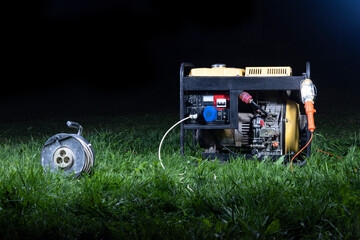
In recent years, there has been growing interest in the concept of a generator powering a motor. A generator could power a motor to run, which could drive the generator, creating a self-sustaining system. This raises the question: Can a generator power a motor to power itself?
This post explores the feasibility of using a generator to power a motor and maintain self-sustainability. We will examine this concept’s theoretical and practical aspects and explore real-world examples to understand its limitations and challenges better.
Additionally, we will look at the implications of this concept and provide final thoughts and recommendations for further research or exploration.
How Generators and Motors Work
A generator is a device that converts mechanical energy into electrical energy. Mechanical energy can come from various sources, such as steam, wind, or falling water.
Generators typically work by rotating a magnetic field within a coil of wire, which induces an electrical current in the wire. The current generated by the generator can then power electrical systems and machines.
Motors convert electrical energy into mechanical energy. They work by applying an electrical current to a coil of wire, which creates a magnetic field. This magnetic field interacts with a permanent magnet within the motor, causing the coil to rotate.
They connect the rotating coil to a shaft, which converts the rotational energy into mechanical energy. This mechanical energy can drive various systems and machines, such as fans, pumps, and conveyor belts.
In essence, generators and motors are essentially the same devices, operating in reverse. A generator takes mechanical energy and converts it into electrical energy, while a motor takes electrical energy and converts it into mechanical energy.
It’s important to note that generators and motors are not 100% efficient in converting energy from one form to another.
Some energy is always lost as heat or other energy forms, known as energy dissipation. This means that not all of the energy input into a generator or motor will be converted into useful energy.
Understanding the efficiency of generators and motors is crucial in exploring the concept of a generator powering a motor to power itself.
Can a Generator Power a Motor?
Yes, a generator can power a motor. However, it’s important to understand that the system’s efficiency will determine the feasibility of using a generator to power a motor.
When a generator powers a motor, the electrical energy generated by the generator is used to create a magnetic field in the motor, which causes the motor to rotate. The rotating motor can then drive the generator, generating more electrical energy.
This process can continue indefinitely as long as the generator and motor are efficient enough to convert energy from one form to another with minimal energy dissipation.
In practice, there are many examples of generators powering motors, such as wind turbines and hydroelectric power plants.
In these systems, the wind or falling water drives the motor, which drives the generator-powered generator. The efficiency of these systems is determined by various factors, including the design of the generator and motor, the materials used, and the efficiency of the energy conversion process.
It’s important to note that not all generators and motors can power each other. The system’s efficiency will determine the feasibility of using a generator to power a motor. For example, a small, inefficient generator may not have the capacity to power a large motor or a motor may not be designed to drive a generator efficiently.
The energy input into the system must be sufficient to drive the generator and motor; otherwise, the system will not be self-sustaining.
Can an Electric Motor Run as A Generator?
The answer to this question is yes, an electric motor can run as a generator, but only under certain conditions. To run as a generator, an electric motor must be designed to also function as a generator and be paralleled with other generators to maintain the electrical power supply.
Long-term operation of an electric motor as a generator requires it to be a synchronous motor. Synchronous motors are specifically designed to work as generators and motors. They can produce electrical energy through the magnetic field’s interaction with the motor’s electrical current.
When paralleled with other generators, the synchronous motor can generate electrical energy and maintain the power supply, even when used as a motor.
This allows the motor to operate as a generator for long periods, providing a reliable and efficient electrical power source.
Can We Combine the Motor and Generator?
Yes, a motor and generator can be combined into a single device called a motor-generator set. Motor-generator sets are commonly used in various applications, such as electrical power generation and distribution, voltage regulation, and frequency control.
The motor-generator set works by using a motor to drive a generator, which in turn produces electrical energy. The generated electrical energy can then power the motor, allowing the motor to run as a generator. This can be done in a closed loop, creating a self-sustaining system that does not require any external energy input.
Motor-generator sets are commonly used in applications where precise control of voltage and frequency is required, such as in power plants and electrical distribution systems.
They can also regulate the voltage in sensitive electrical equipment, such as computers and medical devices, by providing a clean and stable power source.
Conclusion
Combining a motor and generator into a motor-generator set offers many benefits and is widely used in various applications.
The motor-generator set allows for the efficient generation and regulation of electrical power and can provide a clean and stable source of power. The ability to create a self-sustaining system without external energy input makes motor-generator sets a valuable tool in various industries.
However, it’s important to ensure that the motor-generator set is designed and built to meet the application’s specific requirements to ensure its proper operation and reliability.

